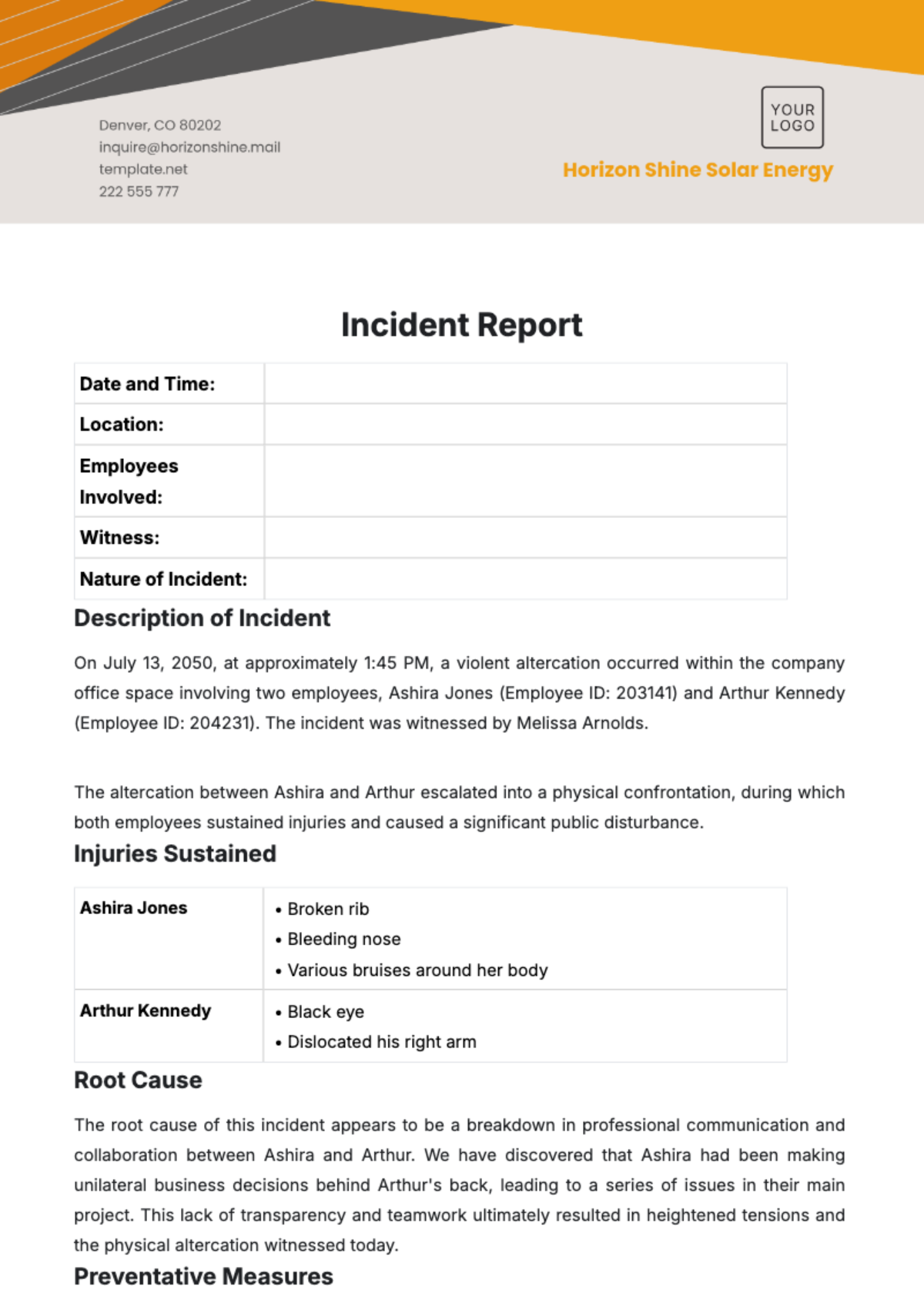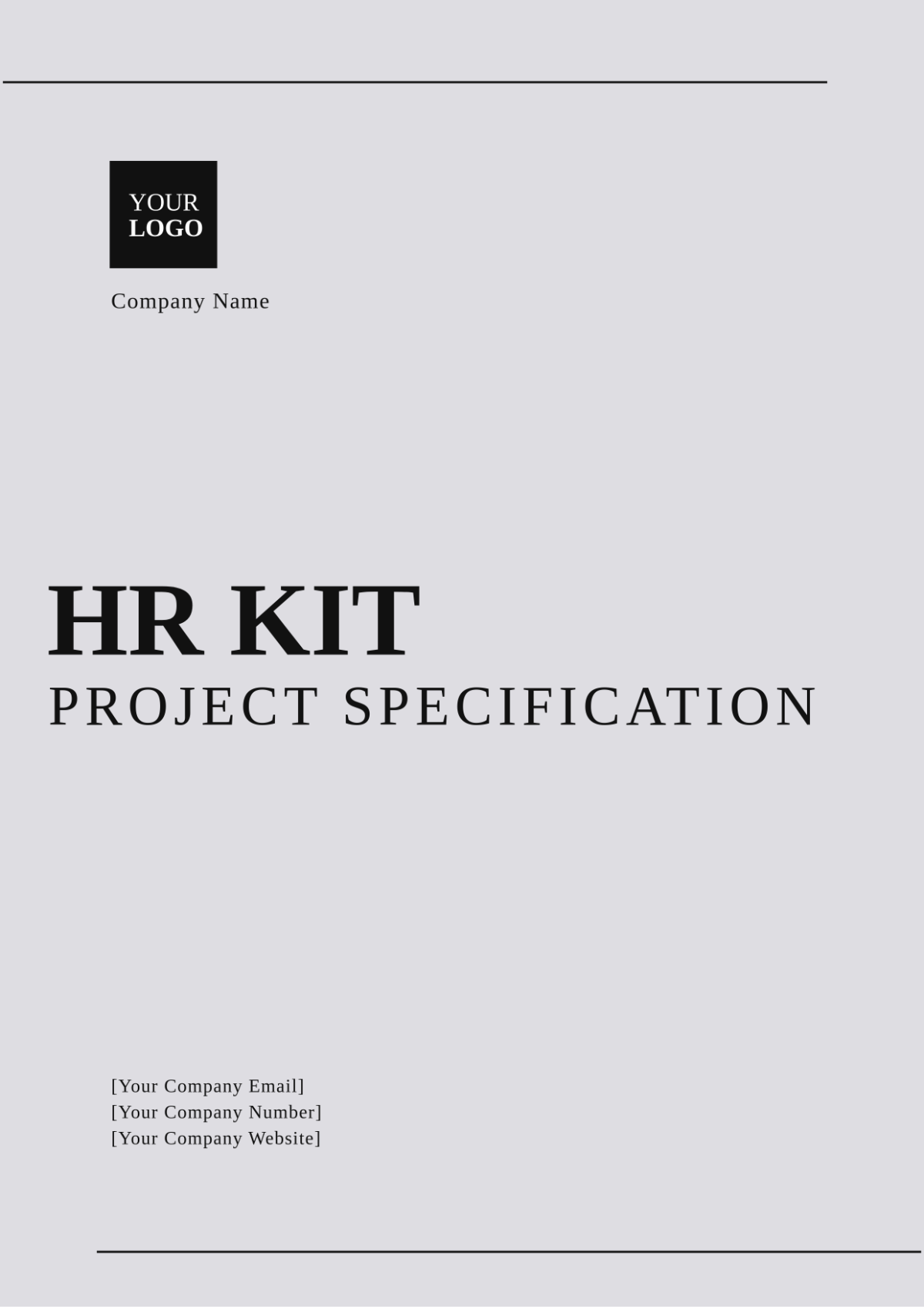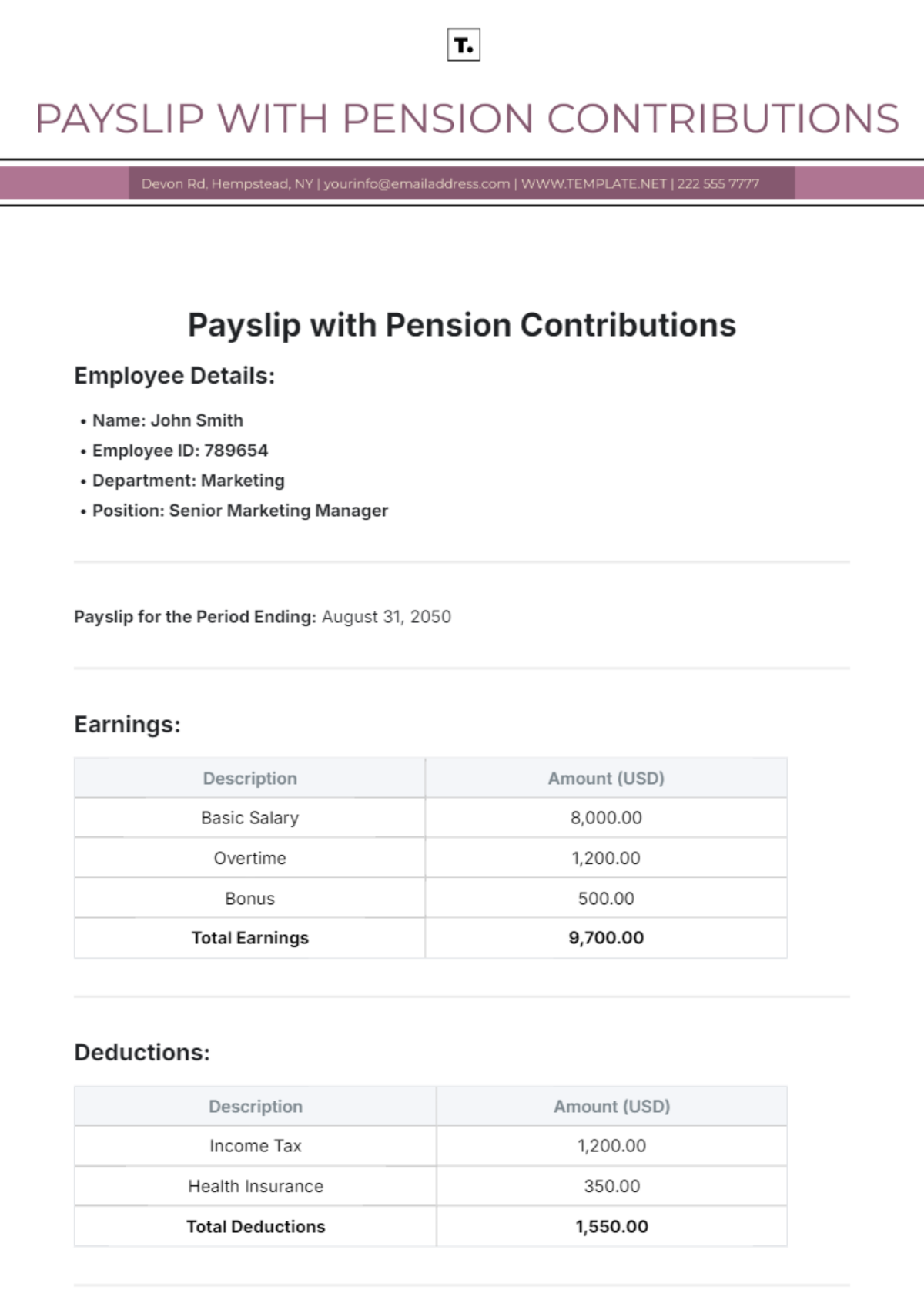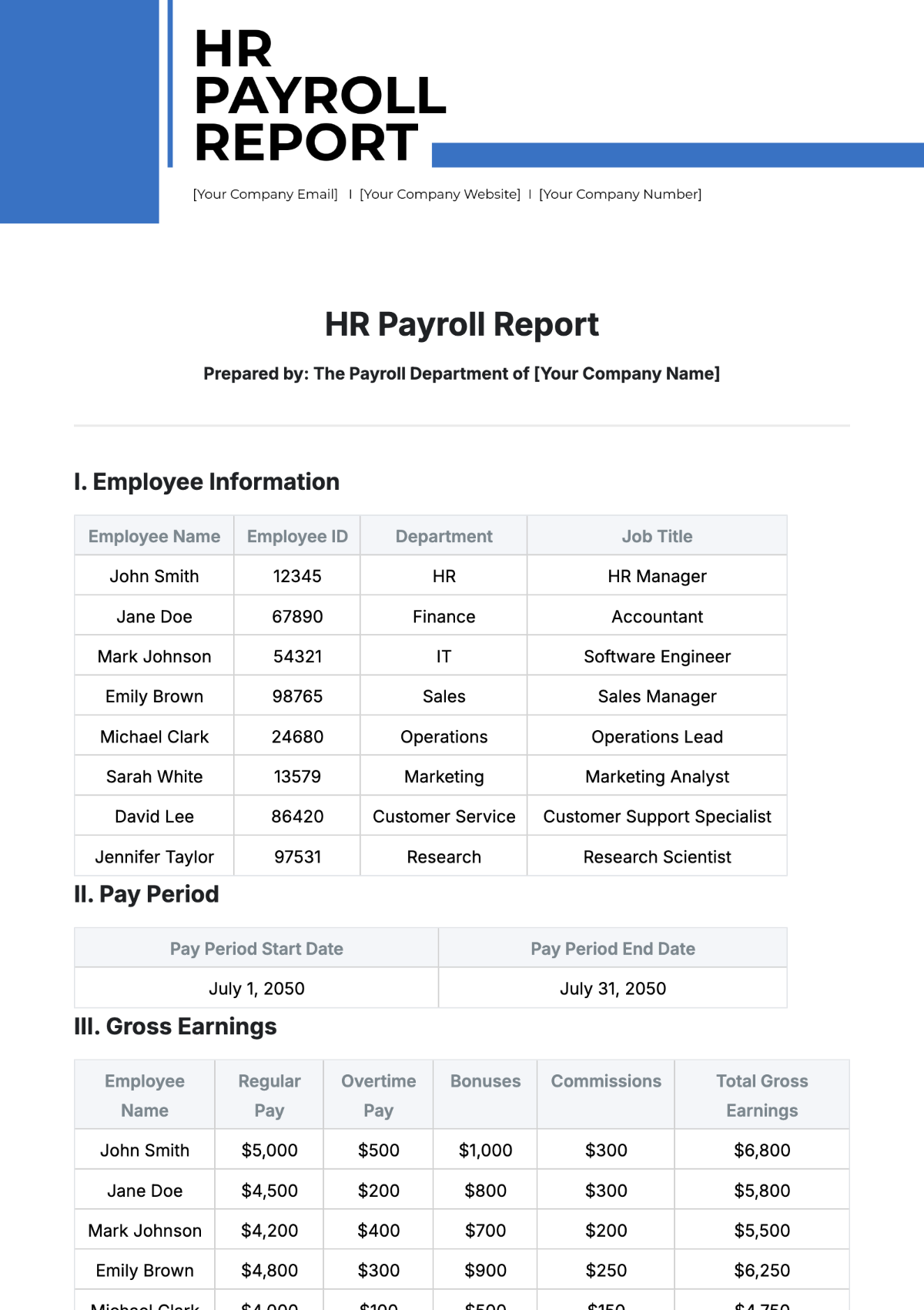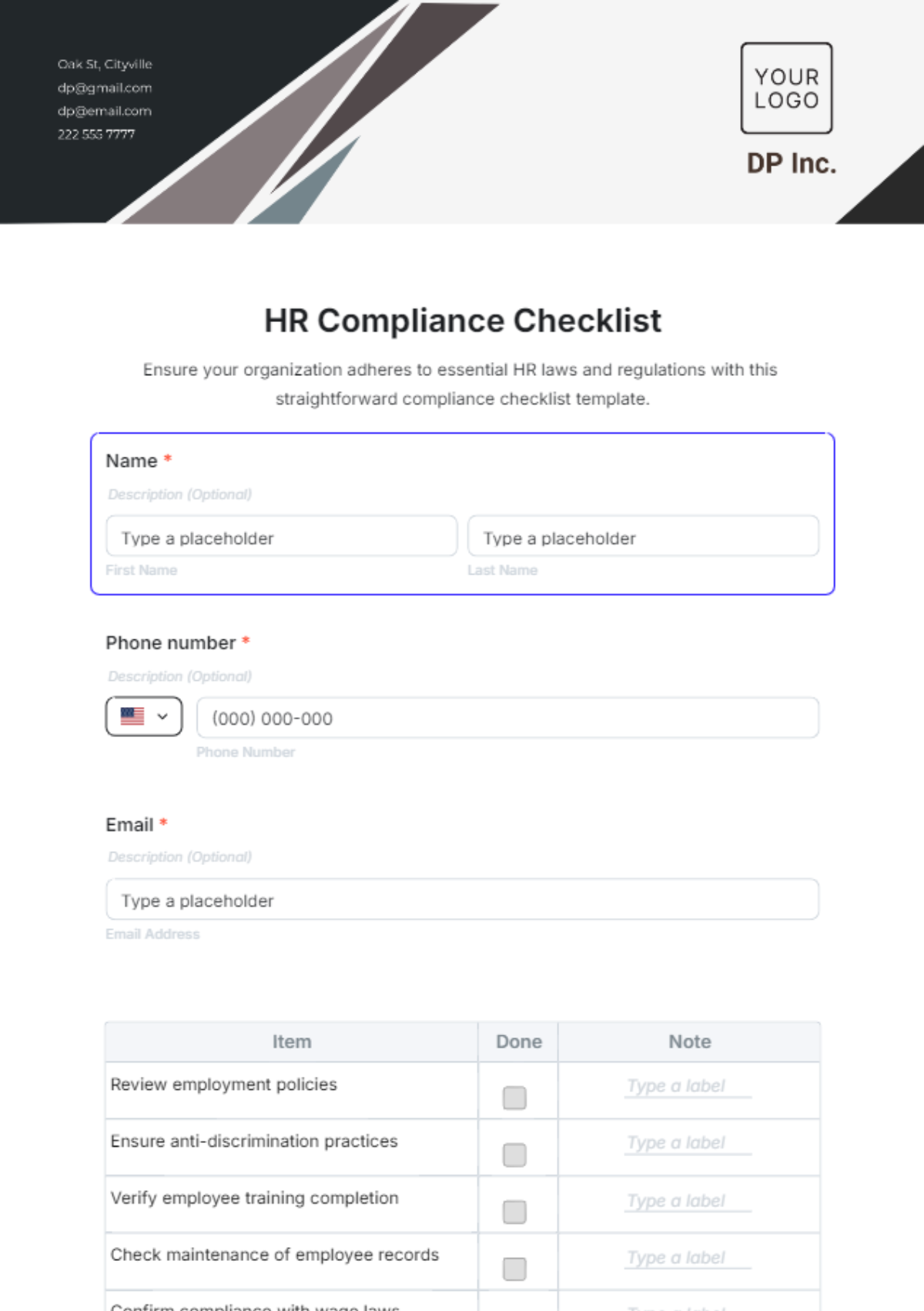Team-Based Rewards System User Guide HR
Purpose of the Team-Based Rewards System
The primary purpose of our Team-Based Rewards System is to foster a collaborative culture that values collective achievement and teamwork. We recognize that the success of our organization is built on the collective efforts of our teams. This system is designed to reward teams for exceptional performance, innovation, and collaboration, encouraging a unified approach to achieving our strategic goals. By emphasizing team-based achievements, we aim to strengthen interdepartmental cooperation, enhance job satisfaction, and promote a more cohesive work environment.
Objectives and Expected Outcomes
Our objectives for implementing the Team-Based Rewards System are multifaceted and aimed at both enhancing organizational performance and improving employee satisfaction. Specifically, we aim to:
Boost Team Performance: Encourage teams to exceed their targets by providing tangible rewards for achieving and surpassing set objectives.
Enhance Collaboration: Foster an environment where cross-functional teams work together towards common goals, breaking down silos.
Increase Employee Engagement: By recognizing the efforts of teams, we anticipate a rise in overall employee engagement and morale.
Drive Innovation: Motivate teams to think creatively and innovate by rewarding out-of-the-box solutions that contribute to our organization's success.
Retain Top Talent: Through recognition and rewards, retain high-performing employees who are crucial to our long-term success.
Expected outcomes from the implementation of this system include a 20% increase in team productivity metrics within the first year, a 15% improvement in employee engagement scores as measured by annual surveys, and a 10% reduction in turnover rates among teams participating in the rewards program.
Scope of Application
The Team-Based Rewards System is applicable to all departments within our organization. Teams eligible for participation include project teams, departmental teams, and cross-functional teams formed for specific initiatives. The system covers a wide range of team achievements, from project completion and sales targets to innovation challenges and customer satisfaction improvements.
To ensure fairness and inclusivity, the system is designed with tiered reward levels, accommodating teams of different sizes and functions. Every team, regardless of its department or the nature of its work, has the opportunity to be recognized and rewarded for its contributions to our organizational goals.
Team-Based Rewards
Team-Based Rewards are incentives provided to a group of employees who have collectively achieved specific goals or milestones. These rewards are designed to recognize the combined efforts and outcomes of a team, rather than individual contributions alone. The types of rewards can vary, reflecting the diverse ways teams contribute to the organization's success. They range from monetary bonuses to non-monetary recognition, each tailored to motivate and acknowledge the unique achievements of our teams.
Type of Reward | Description |
Monetary Bonuses | Financial rewards distributed equally among team members based on the achievement of team goals. |
Professional Development Opportunities | Opportunities for team training, workshops, or courses to enhance skills relevant to their work. |
Team Celebrations | Organized events to celebrate team achievements, such as dinners, outings, or team-building activities. |
Recognition Awards | Non-monetary awards, such as trophies, plaques, or certificates, that acknowledge team success. |
Additional Time Off | Extra vacation days awarded to the entire team as a reward for exceptional performance. |
Benefits of Team-Based Rewards
Implementing Team-Based Rewards brings numerous benefits to our organization, enhancing both performance and workplace culture. These rewards recognize the collective achievements of teams, fostering a sense of unity and shared purpose. They encourage collaboration, as team members work together towards common objectives, knowing that their joint efforts will be rewarded. Additionally, this approach aligns team goals with organizational objectives, ensuring that all efforts contribute directly to our overarching success.
Enhanced Team Collaboration and Cohesion
Increased Motivation and Productivity
Alignment of Team and Organizational Goals
Improved Employee Satisfaction and Retention
Stimulation of Innovation and Creative Thinking
Teams Eligible for Rewards
Not all teams are structured the same, nor do they face identical challenges. Therefore, eligibility for rewards is determined by a set of criteria that ensures fairness and inclusivity across the organization. These criteria take into account the nature of the team's work, the impact of their achievements, and the measurable outcomes of their efforts.
Criteria | Description |
Achievement of Goals | Teams that meet or exceed specific, pre-defined targets within a set timeframe. |
Innovation | Teams that develop innovative solutions or improvements to processes, products, or services. |
Cross-functional Collaboration | Teams that effectively collaborate across different departments to achieve a common goal. |
Customer Satisfaction | Teams that significantly improve customer satisfaction ratings through their initiatives. |
Efficiency Improvement | Teams that achieve measurable improvements in efficiency, reducing costs or saving time. |
Periodicity of Rewards
The periodicity of rewards is designed to maintain ongoing motivation and recognize timely achievements. Our rewards system operates on a quarterly basis, with additional annual awards for exceptional yearly performance. This structure allows us to acknowledge short-term successes and motivate teams throughout the year, while also setting sights on longer-term goals and achievements. Quarterly rewards encourage sustained effort and adaptability, whereas annual rewards provide an opportunity to celebrate significant contributions to our organization's yearly objectives. This balanced approach ensures that teams are consistently recognized for their hard work and dedication, fostering a culture of appreciation and achievement.
Setting Up Team Goals and Objectives
Establishing clear team goals and objectives is crucial for the success of the Team-Based Rewards System. This framework ensures that all team efforts are aligned with our organizational vision and strategic direction. Setting up goals involves a collaborative process between team leaders and members, with HR facilitating to ensure alignment with broader company objectives. This collaborative approach ensures that goals are achievable, measurable, and directly tied to the team's ability to impact our organization's success.
Collaborate with Team Members: Engage team members in the goal-setting process to ensure buy-in and commitment.
Align with Organizational Objectives: Ensure team goals contribute to the broader company strategy.
Set SMART Goals: Goals should be Specific, Measurable, Achievable, Relevant, and Time-bound.
Regular Review and Adjustment: Periodically assess goals and adjust as necessary to reflect changing priorities or challenges.
Encourage Innovation: Include goals that encourage creativity and innovation within teams.
Identifying KPIs for Teams
Key Performance Indicators (KPIs) are vital in measuring the success of team goals and objectives. These indicators provide a clear, quantifiable measure of performance, enabling us to assess whether teams are meeting their targets and contributing to the organization's strategic objectives. KPIs vary depending on the team's function and the nature of their goals but are always designed to be fair, achievable, and reflective of the team's impact on our success.
Team Function | KPI | Description |
Sales | Quarterly Sales Growth | Measure of the percentage increase in sales over the quarter. |
Customer Service | Customer Satisfaction Score (CSAT) | Average rating given by customers on service satisfaction surveys. |
Development | Feature Deployment Rate | Number of new features or updates released in a period. |
Operations | Efficiency Improvement Percentage | Reduction in time or cost for processes within the team. |
HR | Employee Engagement Increase | Improvement in employee engagement survey scores. |
Reward Types
Our Team-Based Rewards System encompasses a variety of reward types, each designed to meet different motivational needs and recognize the diverse contributions of our teams. These rewards are selected to not only acknowledge achievement but also to support the ongoing development and satisfaction of our team members.
Reward Type | Description | Benefits |
Monetary Bonuses | Financial rewards provided to all team members based on the achievement of specific goals. | Directly rewards effort and success, tangible benefit. |
Recognition Awards | Public acknowledgment of a team's success through awards, certificates, or announcements. | Increases visibility and prestige, fosters pride. |
Professional Development Opportunities | Investment in a team's growth through training, courses, or conferences relevant to their work. | Supports career development, improves team capabilities. |
Steps for Implementation
Implementing the Team-Based Rewards System requires a structured approach to ensure its effectiveness and alignment with our organizational goals. The process involves several key steps, from initial planning and design to communication and rollout. By following these steps, we can ensure a smooth implementation and maximize the impact of the system on team performance and morale.
Planning and Design: Define the objectives, scope, and structure of the rewards system, including the types of rewards and eligibility criteria.
Setting Goals and KPIs: Work with team leaders to set specific, measurable goals and identify relevant KPIs for each team.
Developing the Rewards Framework: Establish the criteria for rewards, including the periodicity and process for evaluation and distribution.
Training and Support: Provide training for HR staff, team leaders, and executives on the rewards system, focusing on roles, processes, and best practices.
Communication: Launch an organization-wide communication campaign to introduce the system to employees, highlighting its benefits and how it works.
Implementation: Roll out the system, starting with a pilot phase if necessary, followed by full implementation across eligible teams.
Monitoring and Feedback: Regularly monitor the system's effectiveness and gather feedback from participants to make continuous improvements.
Roles and Responsibilities
The success of the Team-Based Rewards System depends on the active participation and support of HR, team leaders, and executives. Each group plays a critical role in its implementation and ongoing management.
Role | Responsibilities |
HR | Oversee the overall design and implementation of the system, provide training, and manage the evaluation process. |
Team Leaders | Set team goals in alignment with organizational objectives, motivate team members, and monitor performance. |
Executives | Support the system's implementation, ensure alignment with strategic goals, and participate in recognizing team achievements. |
Communication Strategy
The introduction of the Team-Based Rewards System to employees is a critical step in its implementation. Our communication strategy is designed to ensure clear, transparent, and motivating communication across all levels of the organization. We will utilize a variety of channels to reach our employees, including internal newsletters, intranet announcements, and team meetings. The communication will outline the purpose and benefits of the system, how it works, and what employees can do to participate and succeed. Training sessions and Q&A forums will be organized to address any questions or concerns, ensuring that all employees understand the system and are fully engaged from the outset. This comprehensive communication approach will help to build enthusiasm and support for the system, setting the stage for its successful implementation and adoption.
Mechanisms for Tracking
To ensure the effectiveness of the Team-Based Rewards System, it is crucial to have robust mechanisms in place for tracking team performance. These mechanisms allow us to measure progress towards goals, evaluate the impact of teamwork on organizational success, and determine eligibility for rewards. Implementing a mix of quantitative and qualitative tracking methods will provide a comprehensive view of team performance and foster a culture of continuous improvement.
Performance Management Software: Utilize software tools to track progress on key performance indicators (KPIs) and goals in real-time.
Regular Team Meetings: Conduct meetings to review progress, address challenges, and adjust strategies as needed.
Surveys and Feedback: Use surveys to gather team members' perspectives on teamwork, challenges, and areas for improvement.
360-Degree Feedback: Implement a feedback system that allows team members, leaders, and stakeholders to provide input on team performance.
Project Reviews: Conduct post-project reviews to assess outcomes, learn from successes and mistakes, and plan for future projects.
Regular Review Periods and Feedback Loops
Regular review periods and feedback loops are essential components of the Team-Based Rewards System. These processes facilitate continuous dialogue between team members, leaders, and HR, ensuring that teams remain aligned with organizational goals and have the support they need to succeed. Quarterly reviews allow for timely adjustments to strategies and objectives, ensuring that teams are responsive to changing conditions and can capitalize on new opportunities. Feedback loops, including surveys and open forums, provide valuable insights into team dynamics, morale, and areas for improvement, fostering a culture of openness and continuous learning.
Criteria for Reward Distribution
Determining who receives rewards under the Team-Based Rewards System is a process guided by clear and fair criteria. These criteria are designed to ensure that rewards are distributed based on objective measures of performance, contribution, and alignment with organizational values.
Criteria | Description |
Achievement of Goals | Rewards are distributed to teams that meet or exceed their pre-defined goals within the specified timeframe. |
Contribution to Organizational Success | Teams that make a significant contribution to the organization's strategic objectives are recognized. |
Innovation and Improvement | Teams that demonstrate innovative solutions or significant improvements to processes or products are rewarded. |
Collaboration and Teamwork | Teams that exemplify exceptional collaboration, both within the team and across the organization, are acknowledged. |
Customer Satisfaction | Teams that achieve high levels of customer satisfaction through their efforts are rewarded. |
Announcing and Distributing Rewards
The announcement and distribution of rewards within the Team-Based Rewards System are moments of celebration and recognition for the hard work and achievements of our teams. This process is carried out with transparency and excitement, designed to highlight the accomplishments of the teams and to motivate the entire organization towards continued excellence.
Evaluation and Selection: HR and department leaders finalize the list of teams meeting the reward criteria based on performance data and achievement of goals.
Notification of Team Leaders: Before public announcement, team leaders are informed about their team’s achievement to prepare them for the celebration.
Public Announcement: Rewards are announced organization-wide through an internal event, email, or meeting, highlighting the achievements and contributions of the rewarded teams.
Award Ceremony: A formal or informal ceremony is held to distribute the rewards, offering a platform for recognition and appreciation in front of peers.
Distribution of Rewards: Monetary rewards are processed through payroll, and other forms of rewards are distributed as per the organization’s policy.
Handling of Disputes and Concerns
Disputes and concerns regarding the Team-Based Rewards System are addressed with a structured and empathetic approach. We prioritize open communication and fairness to ensure that all employees feel heard and valued. A formal process is established where employees can raise concerns or disputes related to the rewards system:
Employees are encouraged to discuss concerns with their team leader.
If unresolved, concerns can be escalated to HR for formal review.
HR reviews the dispute, considering all relevant information and perspectives.
A decision is made, communicated clearly to all parties involved, and appropriate action is taken if necessary.
Feedback and outcomes of the dispute resolution process are used to improve the rewards system.
Compliance with Local Laws and Regulations
Our Team-Based Rewards System is designed to comply with all applicable local laws and regulations in the United States. This ensures that our practices are not only ethical but also legally sound, protecting both the organization and its employees. Key laws considered include:
Fair Labor Standards Act (FLSA): Ensures that monetary rewards are properly accounted for and that overtime and minimum wage laws are adhered to.
Equal Employment Opportunity Commission (EEOC): Prevents discrimination in the distribution of rewards.
Internal Revenue Service (IRS): Ensures that taxable benefits are appropriately handled and reported.
Employee Retirement Income Security Act (ERISA): If rewards include benefits or retirement points, compliance with ERISA is ensured.
National Labor Relations Act (NLRA): Ensures that the rewards system does not infringe on employees' rights to organize and bargain collectively.
Frequently Asked Questions (FAQs)
Q1: Who is eligible for the Team-Based Rewards System?
A1: All teams across the organization, including project teams, departmental teams, and cross-functional teams, are eligible. Eligibility is determined based on the achievement of predefined goals and criteria outlined in the Rewards Communication and Branding Manual.
Q2: How are team goals and objectives set?
A2: Team goals and objectives are collaboratively set by team leaders and members with guidance from HR, ensuring they are Specific, Measurable, Achievable, Relevant, and Time-bound (SMART). These goals align with organizational objectives and strategic priorities.
Q3: What types of rewards can teams receive?
A3: Rewards include monetary bonuses, professional development opportunities, team celebrations, recognition awards, and additional time off. The type of reward is determined based on the nature of the achievement and the team’s preferences.
Q4: How often are rewards given?
A4: Rewards are distributed on a quarterly basis for achieving short-term goals, with additional annual awards for significant contributions to the organization's yearly objectives.
Q5: How is team performance tracked and evaluated?
A5: Performance is tracked using a combination of performance management software, regular team meetings, surveys, 360-degree feedback, and project reviews. These mechanisms provide a comprehensive view of each team's progress and achievements.
Q6: Can individual team members raise disputes or concerns about the rewards system?
A6: Yes, individual team members can raise disputes or concerns directly with their team leader or HR. A formal process is in place to ensure these issues are addressed fairly and transparently.
Q7: How does the organization ensure fairness in the rewards system?
A7: Fairness is ensured through clear, objective criteria for reward eligibility and distribution, regular monitoring and feedback, and a transparent dispute resolution process. HR plays a crucial role in overseeing the system's fairness and equity.
Q8: Are rewards taxable?
A8: Yes, certain types of rewards, especially monetary bonuses, are subject to taxation according to IRS regulations. HR provides guidance on tax implications for each type of reward.
Q9: How can teams improve their performance and increase their chances of receiving rewards?
A9: Teams can improve their performance by setting clear, achievable goals, fostering collaboration and communication among team members, and leveraging feedback and learning opportunities. HR and team leaders provide support and resources to help teams excel.
Q10: Does the rewards system comply with local laws and regulations?
A10: Yes, the Team-Based Rewards System is designed to comply fully with all applicable local laws and regulations, including labor laws, equal employment opportunity guidelines, and tax regulations, to ensure ethical and legal practices.


